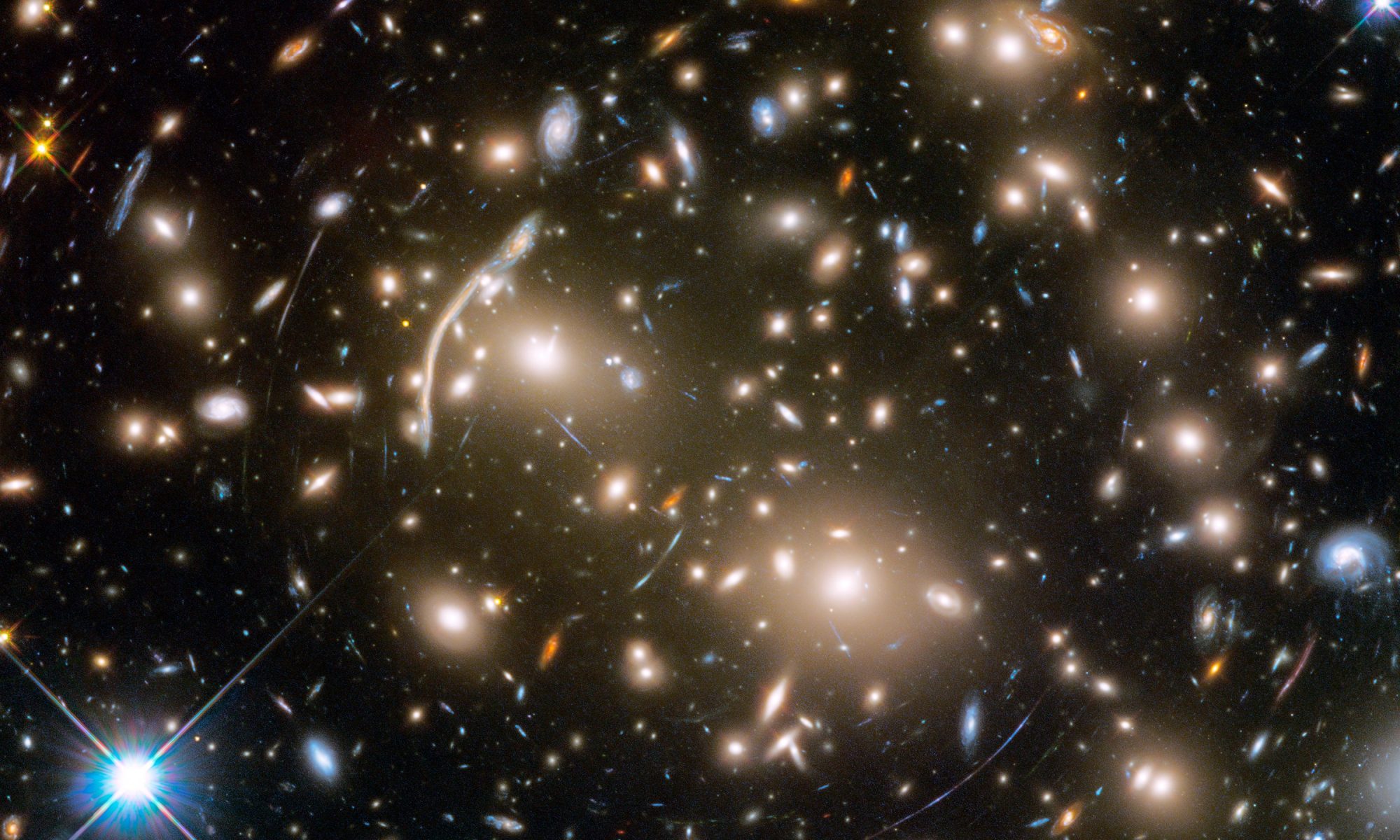18h of lectures, 3 ECTS
Head: Ana Palacios (Université de Montpellier)
A large part of our understanding of the Universe relies on the understanding and precise modeling of stars. Stars constitute a very important fraction of the integrated light of galaxies, they are major contributors to the chemical and dynamic evolution of galaxies. In this course, we will approach the physics describing stellar structure and we will study how this structure evolves in time in the case of isolated stars.
Goals:
- The goals are to bring the physics keys to understanding the structure and evolution of stars and their observational properties from the pre-main sequence stage to the end of nuclear life, for stars of all masses and chemical compositions.
- At the end of this course, students will know the classical physical processes (equation of state, matter-radiation interaction, nucleosynthesis, …) governing the structure and evolution of stars and their modeling. They will have notions of the modifications brought by the introduction of so-called non-standard processes of matter transport in these models. They will have a basic understanding of stellar pulsations.
Contents:
- Introduction to stellar physics
- The equations of stellar structure in 1D
- Equation od state
- Thermonuclear reactions and nucleosynthesis
- Opacities and modes of heat transport in stellar interiors
- Detailed analysis of stellar evolution: low-, intermediate-, and high-mass stars
- Physics and stellar evolution beyond the classical model
- Introduction to the physics of stellar variability
